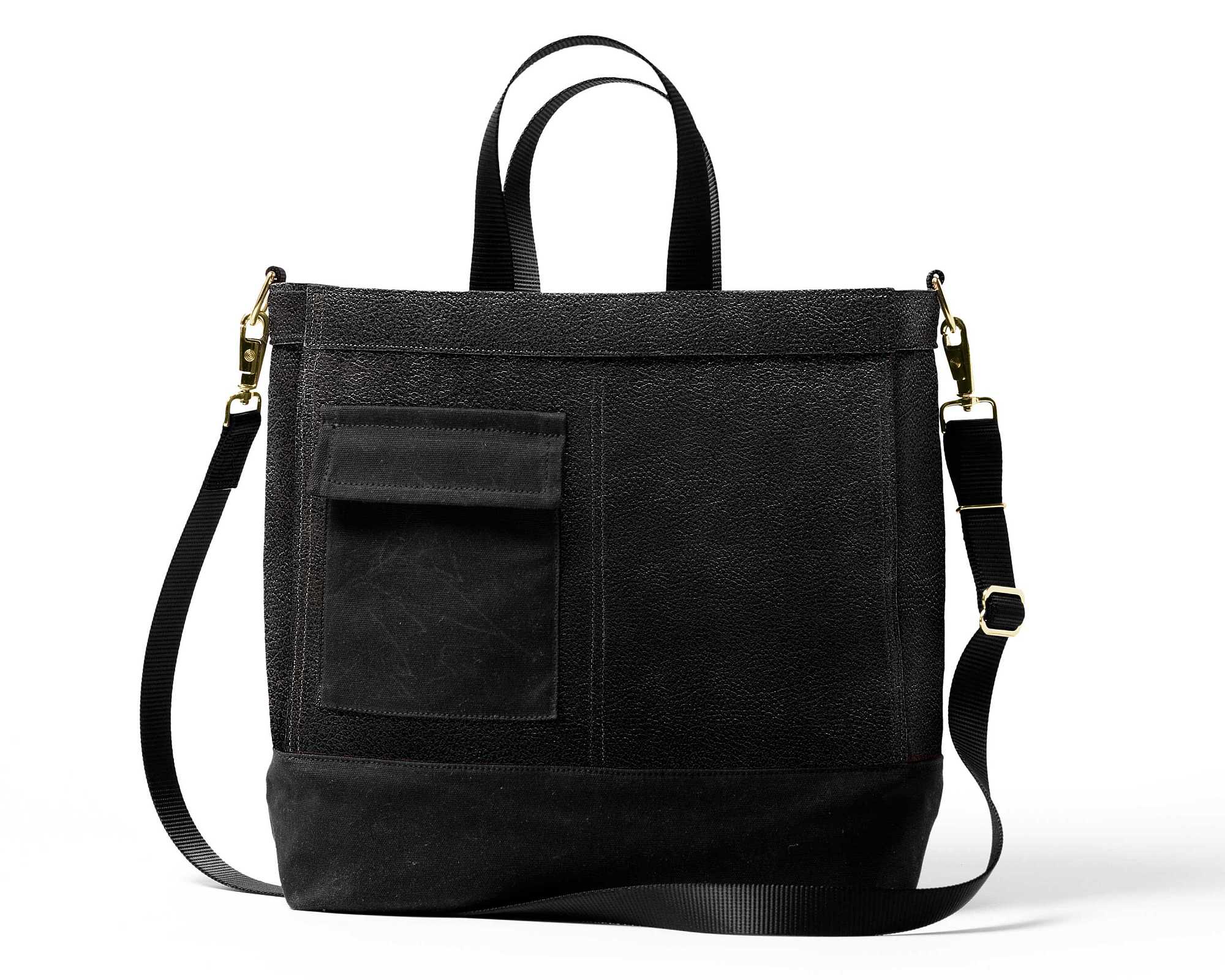Leather made from animal skin has been a wildly popular material for centuries and has been used for all kinds of products from clothing to handbags to car seats. The material, however, has been becoming increasingly unpopular in recent years.
While the material is beautiful and durable and can stand up to time and heavy use, many people are uncertain as to its sustainability with regards to the environment, as well as its ethicality. Many people object to animal products being used for human consumption.
Without using animals as a resource, what options are we left with? For many years now, plastic has been another option. Manufacturers have been using it to make synthetic leather for a while. But this raises another set of problems: the impact of plastic on the environment. Should we keep filling our landfills and oceans with plastic for the sake of a new purse?
What’s the answer then? Just do away with leather altogether? What would the cowboys do?
Enter mushroom leather. Sounds gross, doesn’t it? It’s not, though! Mushroom leather isn’t actually made from the fungus itself; it’s made from mycelium, which is a threadlike mat that grows underneath all fruiting grow up from after rain.
History of Mushroom Leather
Mushroom leather isn’t a completely new invention. Inventors have been working on fungal mats since the 1950s, using them for things like paper, dressings for wounds, and other products. It was first discovered by paper makers, who found chitin, a polymer that is found in cell walls of fungus. They used the polymer to create writing paper.
The idea didn’t really catch on until the last decade when companies including Bolt Threads and MycoWorks started making and selling products made from fungal leather. Scientists from Bolt found out that controlling the growth of the fibers created a non-woven type mat that looked like leather.
The Benefits of Mushroom Leather
Since its recent invention, mushroom leather brands have been working on making products and improving the quality of the leather. There are still questions about whether the product is going to be long-lasting enough to stand up to time, but aside from that, there are many benefits to mushroom leather.
Sustainability
While animal leather is subject to the number of animals you can raise, mushroom leather is more sustainable because it can be grown to specification. It can be grown in a lab, and only takes a couple of weeks to get to a useable state, whereas a cow takes years to reach maturity.
Animal leather is treated with a large amount of chemicals, and synthetic leather uses plastic, which means a lot of oil is used. The tanning process of animal leather requires large amounts of energy and produces a lot of waste.
Mushroom leather, on the other hand, requires very little energy. It doesn’t need much light, and the biological organism is doing most of the work for us. Once the leather is finished, it is treated with only a simple compound of chemicals to alter color.
On top of all of that, it’s quite possible that mushroom leather may be biodegradable, and cheaper to manufacture than animal leather.
Versatility
Mushroom leather is very versatile because it is grown from fungi, and different types of fungus have different types of properties. Some may have more water resistance, some may be tougher than others. There are also millions of species to chose from, which expands the range of versatility.
The Bottom Line
If you love the beauty and durability of animal leather but question the ethicality or sustainability of it, keep your eye on up-and-coming mushroom leather brands. While the industry is new, it is growing and making more strides. We could soon be seeing a mass production of sustainably-grown leather.

